Top 5 Brands Embracing Accessibility
Making sure your brand is accessible is about making sure that everyone can access and enjoy your brand, it's products and services in the fullest way possible. It’s about finding those barriers to entry and breaking them down.
Creating a more accessible brand can help to widen your audience and it makes good business sense. There are many ways a brand can start making positive steps with accessibility, but what ones are right for your business? Here are five brands that are doing some inspiring work:
Five brands leading the way in accessibility:
1. Asda:
Asda trialled new technology to make it easier for blind and partially sighted customers to navigate their way through the store. Originally installed in Stevenage the supermarket rolled it out to 10 further stores using the GoodMaps app. The app can pinpoint the user’s location within one metre of accuracy and communicates directions. Customers will be able to search for key areas within the store such as the pharmacy, toilets, and tills. The app can also, search for specific product categories on the shelves with the aim being to guide the customer as close as possible to the item they are looking for.
“Empowering people to get around autonomously, on their terms, and in a manner of their choosing, has been an aspirational goal for decades..."
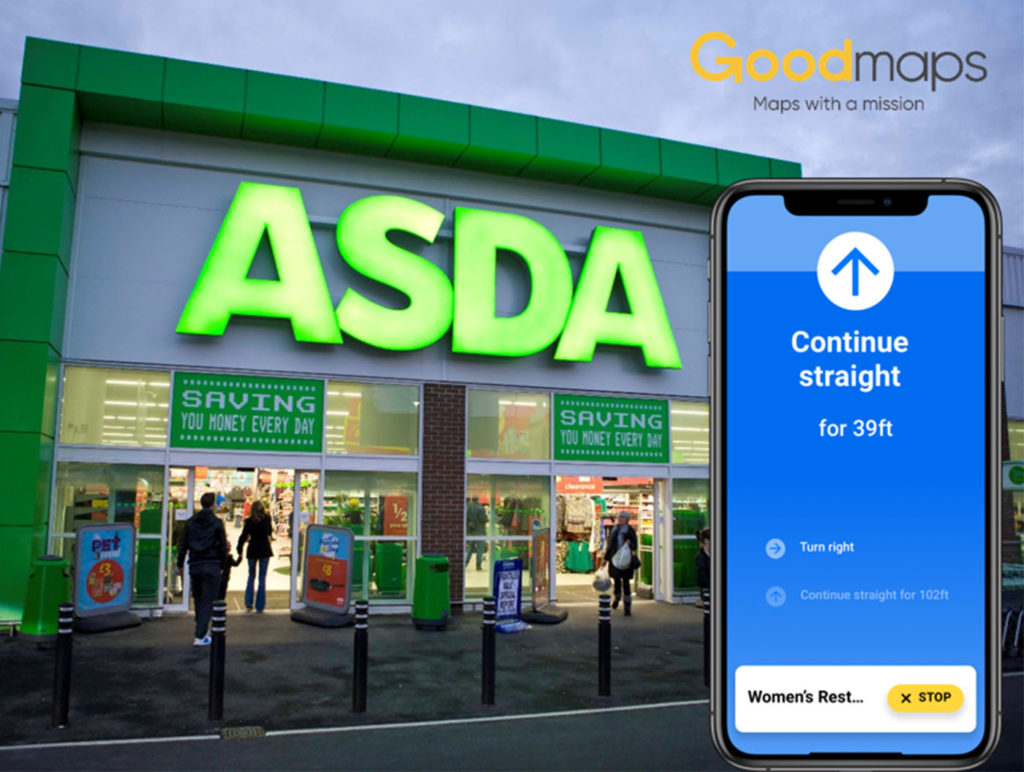
Image credits: https://www.goodmaps.com/news/good-maps-is-changing-the-way-people-navigate-retail-stores
2. LEGO:
Lego’s foundation called Learning Through Play aims to teach adults about the benefits of play for children (fuels curiosity, sparks creativity, and inspires a lifelong love of learning etc). They have created a braille bricks toolkit, which is free for select institutions catering to the education of blind and visually impaired children. It’s literally just a fun way for children to learn braille.

Image credits: https://www.lego.com/en-in/aboutus/news/2020/august/lego-braille-bricks
3. Kiyasuku:
An online clothing alterations company for people with mobility issues. Founded by Japan-based entrepreneur Teppei Maeda a former Uniqlo employee. They interview nearly 800 disabled people to find out their needs and then crowdfunded the campaign. Customers outline the modifcations they need on the website, have a digital meeting with a tailor and then the item is posted out to the customer.
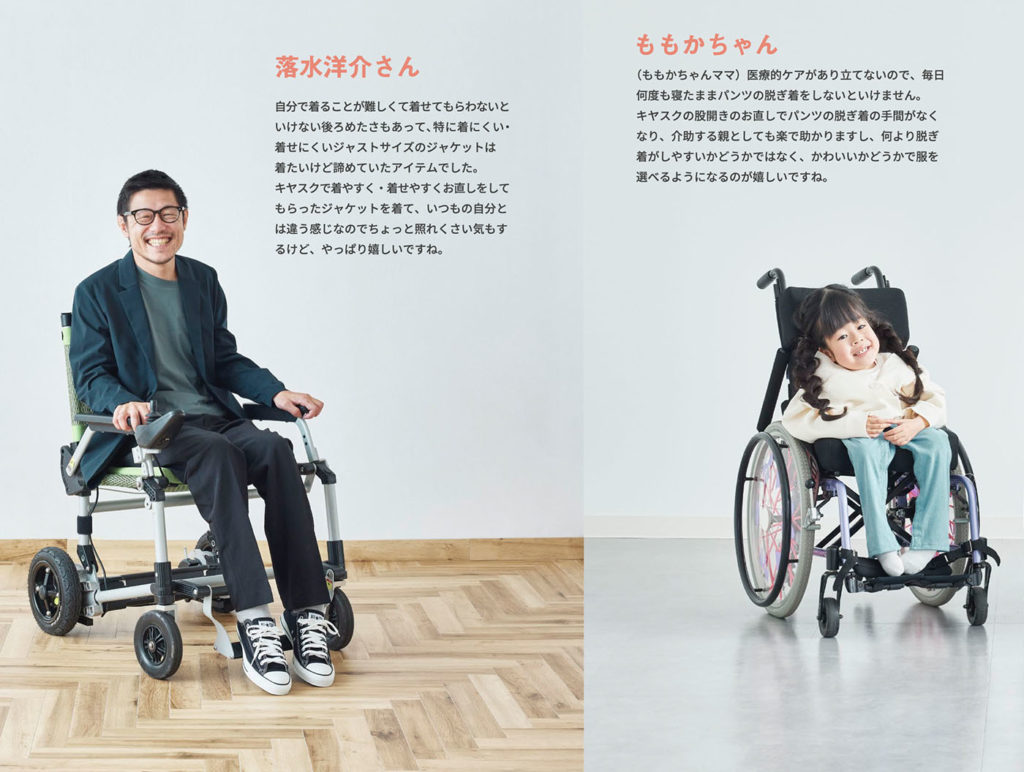
Image credits: https://kiyasuku.com/document/catalog.pdf
4. ASOS:
After a study revealing that 21% of the fashion brand’s website were inaccessible for ‘millions of potential customers ASOS took a number of steps to not only get their website certified AA Web Content Accessibility Guideline compliant by an independent assessor. They also looked used an earring model with a cochlear implant looking to broaden representation within their models. This was praised by customers for the representation of hearing loss.
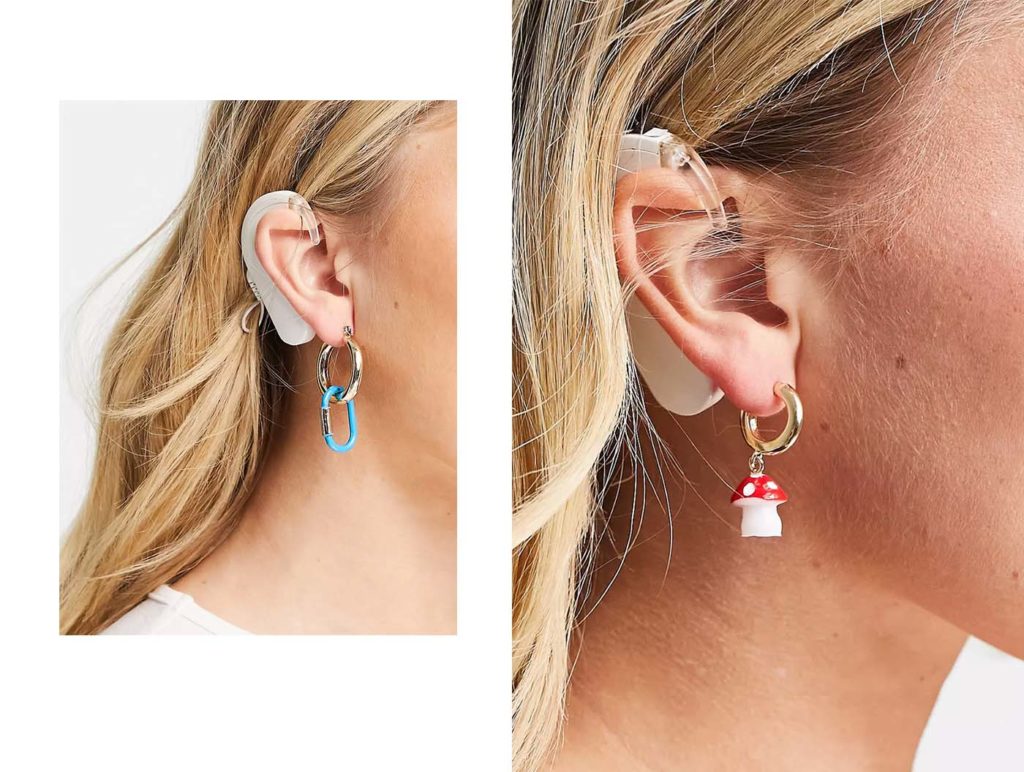
Image credits: https://www.asos.com/asos-design/asos-design-hoop-earrings-with-mushroom-charm-in-gold-tone/prd/22927598
5. Microsoft:
In collaboration with Haleon, Microsoft are using AI to enhance health products for people who are partially sighted or blind. With health labels featuring small print, it proves an issue for people with low vision. Seeing AI app is a free mobile app that transforms your camera and reads printed text to provide an audio read-out to describe physical objects, product labels and colours, among other things.
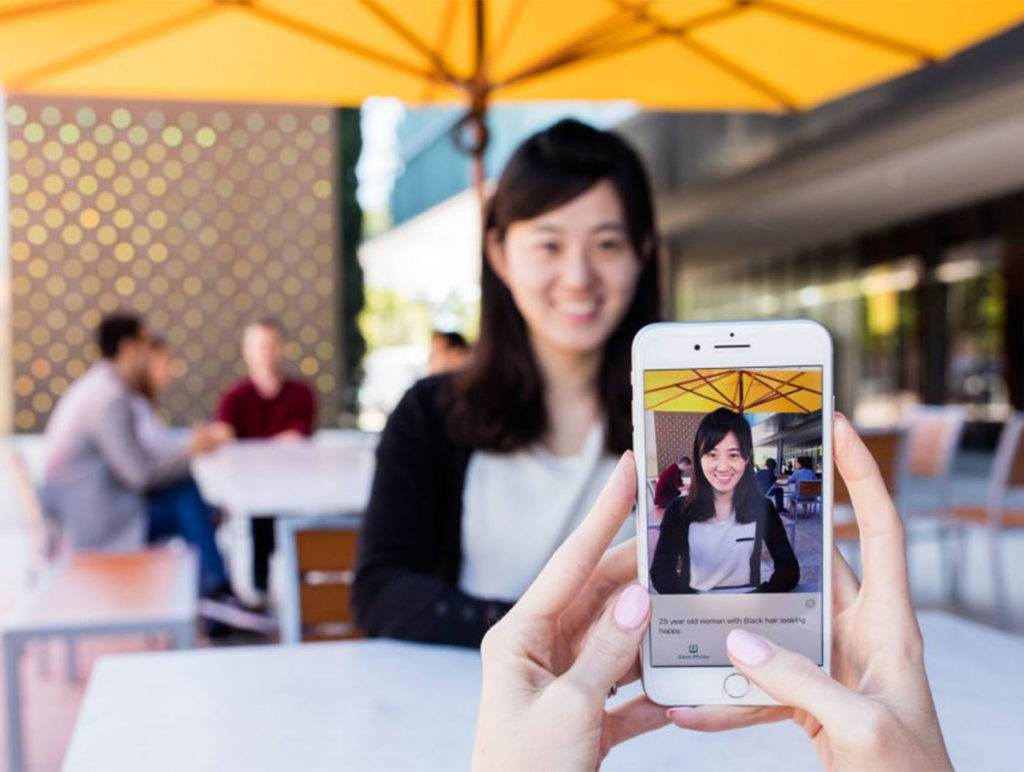
Image credits: https://news.microsoft.com/en-gb/2017/11/15/microsofts-seeing-ai-app-for-visually-impaired-people-released-in-the-uk/
Launching this winter earlier this year their range of modular and accessible computer accessories – Accessible Accessories. A range designed for people with disabilities enabling them to use their PC more effectively.
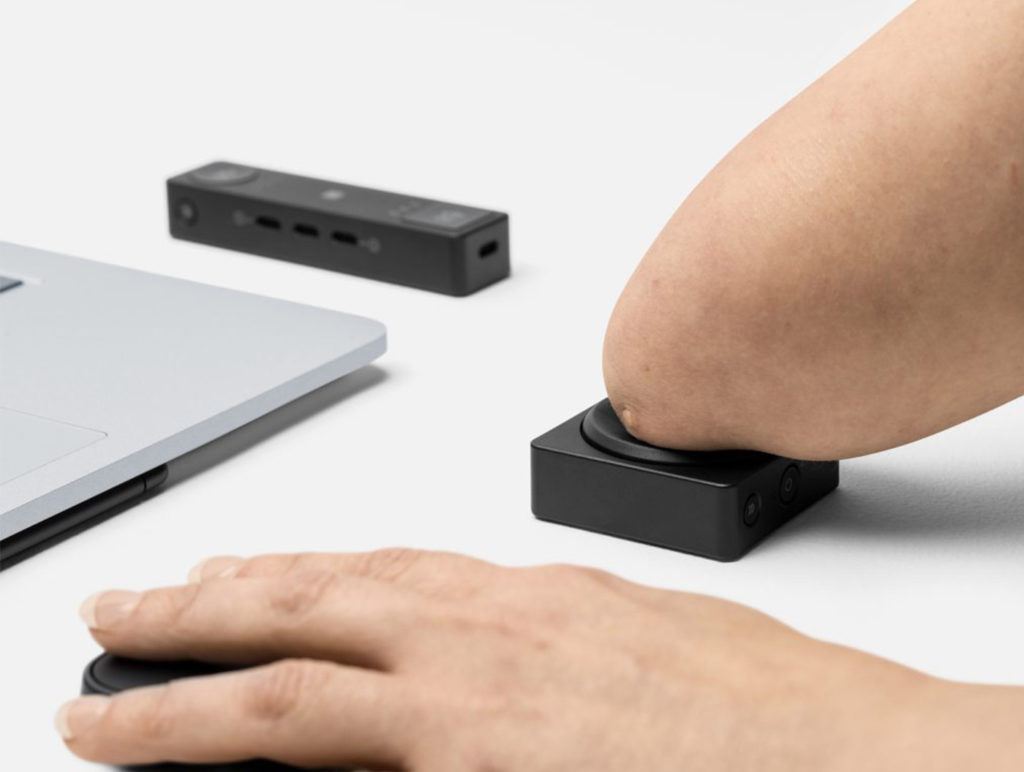
Image credits: https://www.microsoft.com/en-gb/store/collections/microsoft-accessible-accessories
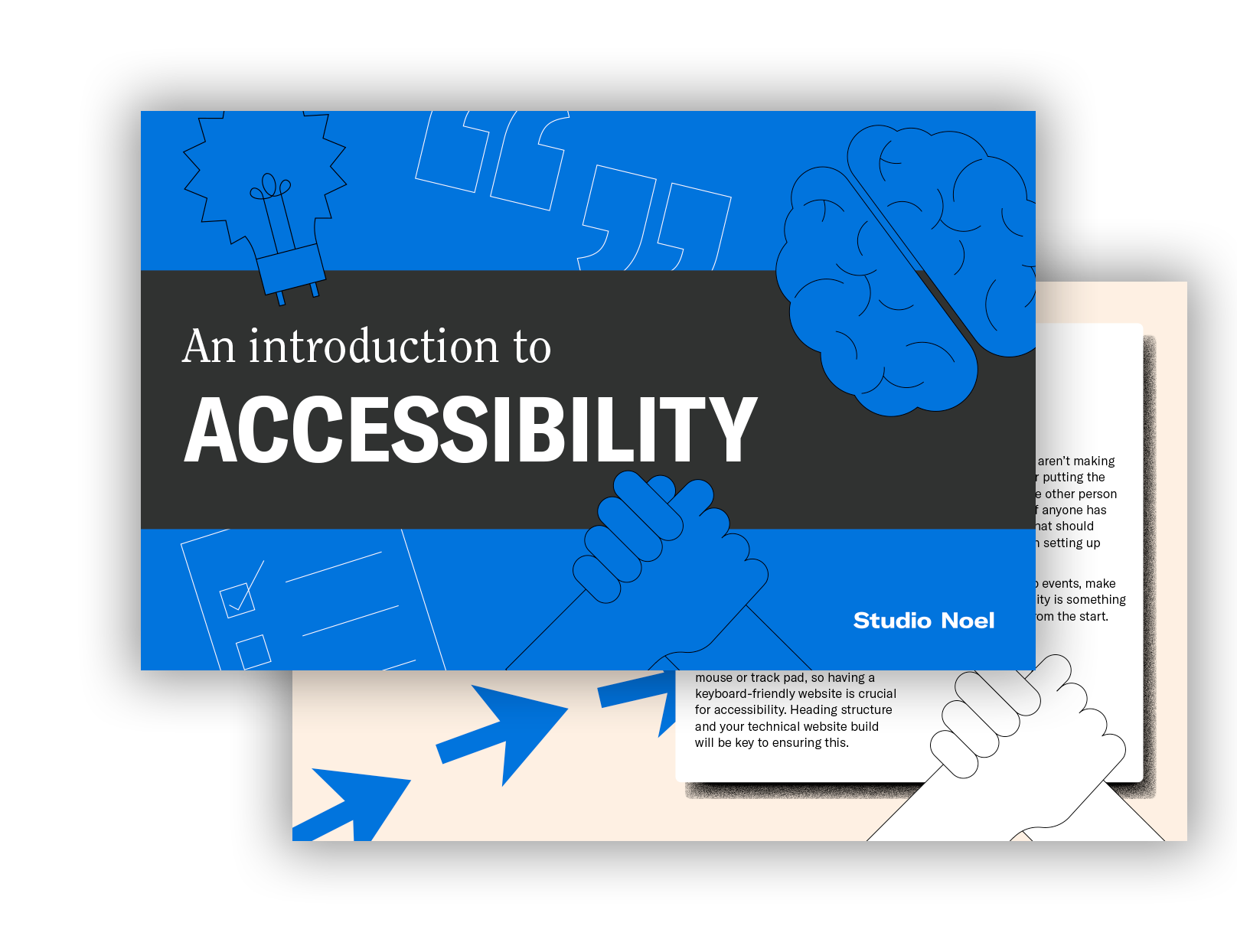
Increase your brand's reach by downloading our PDF guide on Brand Accessibility and learn how it can positively impact your business.
Download guide